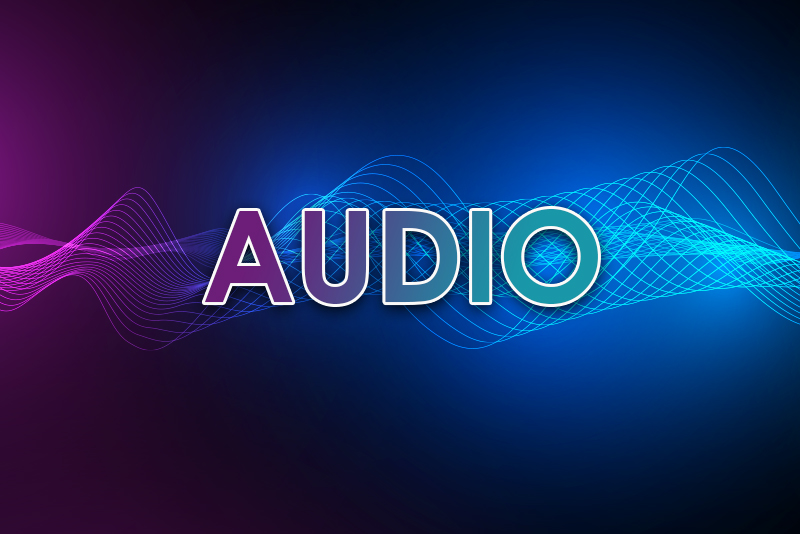Whether you’re a lawyer, business executive or journalist, keeping track of interviews, meetings, and conferences can be a challenge. Professional audio transcription service providers ease this challenge by converting the audio and video recordings of these interactions into text. Transcripts provide an immediate hard copy account of events that are easily accessible and can be referred to at any time.
When it comes to transcribed audio, professionals look for quality in the shortest time possible. An online transcription company would be focused on meeting your deadlines, but it’s important to have proper understanding of the time needed for transcription, such as how long it will take to transcribe one hour of audio.
Transcribing one Hour of Audio: Expectations vs. Reality
Transcription is an exhaustive, time-consuming task, especially when done with the highest level of accuracy. Depending on several factors, it can take anywhere from 3 to 10 hours to transcribe one hour of recording. Knowing the components that affect audio transcription time will help you get a better understanding of how long it may for your service provider to complete your file.
- Quality of the audio recording: Good quality audio recordings take less time to transcribe. Audio quality can be affected by a poor microphone, echo in the room where the recording was done, and random noises.
- Microphone: Poor audio is usually the result of an inferior quality microphone or recording device. For e.g., podcast transcription would be much easier and quicker if you used a low noise amplified system with a great microphone was used record it. Choose a high quality microphone or test your microphone for audio clarity before you begin recording.
- Echo: All surfaces reflect sound waves to some extent and hard surfaces amplify the problem. The way around is to put up obstacles that absorb sound waves and cut down on echoing. For e.g., if the recording is made in your office, books can be used to cover hard surfaces. Books lessen the echo effect and also absorb extra sounds.
- Ambient noises: For good audio and quality transcription, your recording environment should be as quiet and controlled as possible. Depending on where you’re recording, your microphone may register outside noises such as traffic, fans, people talking, mechanical sounds, dogs barking, etc. Choose a quiet room to record your audio, and if that’s not possible, apply filters and effects like noise removal to ensure your audio sounds good.
- Multiple speakers: The quality and complexity of the recording is a major factor impacting transcription time. Audio recordings that have multiple speakers take longer to transcribe. A typical example is audio from a telephone call with two or more voices. Speakers don’t always identify who they are and may speak over each other. The audio transcription service provider would need to identify who speaks and at which times. Regional accents or thick accents can also make manual transcription difficult and reduce speed. Speaker recognition is built into today’s software tools like Google Cloud and Zoom. Google Cloud Speech-to-Text features speaker diarization that detects when speakers change and labels by number the individual voices detected in the audio.
- Custom transcription needs: Special requests and level of detail required can increase time needed for transcription. For instance, researchers doing interview studies may need to have the exact words the participants use transcribed if they want to publish their findings in scientific journals. Transcripts that are primarily used to select quotes and sound bites may not need the same level of details as transcripts which will be systematically reviewed, grouped into themes (usually through coding), and analyzed for content. More time is needed for verbatim transcription to capture every filler word and utterance (well, you know, ahs, ums, hmms) as well as for syncing audio with timestamps on every paragraph. Finally, transcription that requires translation from one language to another is an especially complex, challenging and time consuming.
- Research: Do you know that transcriptionists usually need to do a lot of research for each piece of content they deliver? They may have to look up the following:
– Industry specific terminologies and jargon that speakers are using
– Words spoken are unclear due to influences such as noise in the audio
– Uncommon words and slang and unfamiliar places
Producing accurate transcripts would usually involve researching these aspects to get their correct words. For instance, legal transcription requires the highest level of accuracy and can involve more research time.
- Experience: The experience and skill of the transcriptionist is a major element influencing both the quality and time for transcription. Experts can deliver high quality transcripts in quick turnaround time. Both typing and listening skills matter. In fact, experienced transcriptionists know how to balance speed with accuracy and can deliver complete documents to meet client expectations. Generally, a professional transcriptionist would need about 2-3 hours to transcribe one hour of audio.
Choose a Professional Online Transcription Company
Leading business transcription service providers have expert teams with the skills required to provide accurate transcripts for clients in various industries. They work with the latest online tools to provide transcripts in quick turnaround time. Every transcription project is unique and the timeline involved can vary based on this. If you have high-quality audio, you can get your work transcribed quickly. Costs can be higher if audio is poor.
The bottom line: Choosing a professional audio transcription service provider can ensure speed and accuracy and save you time and money.




